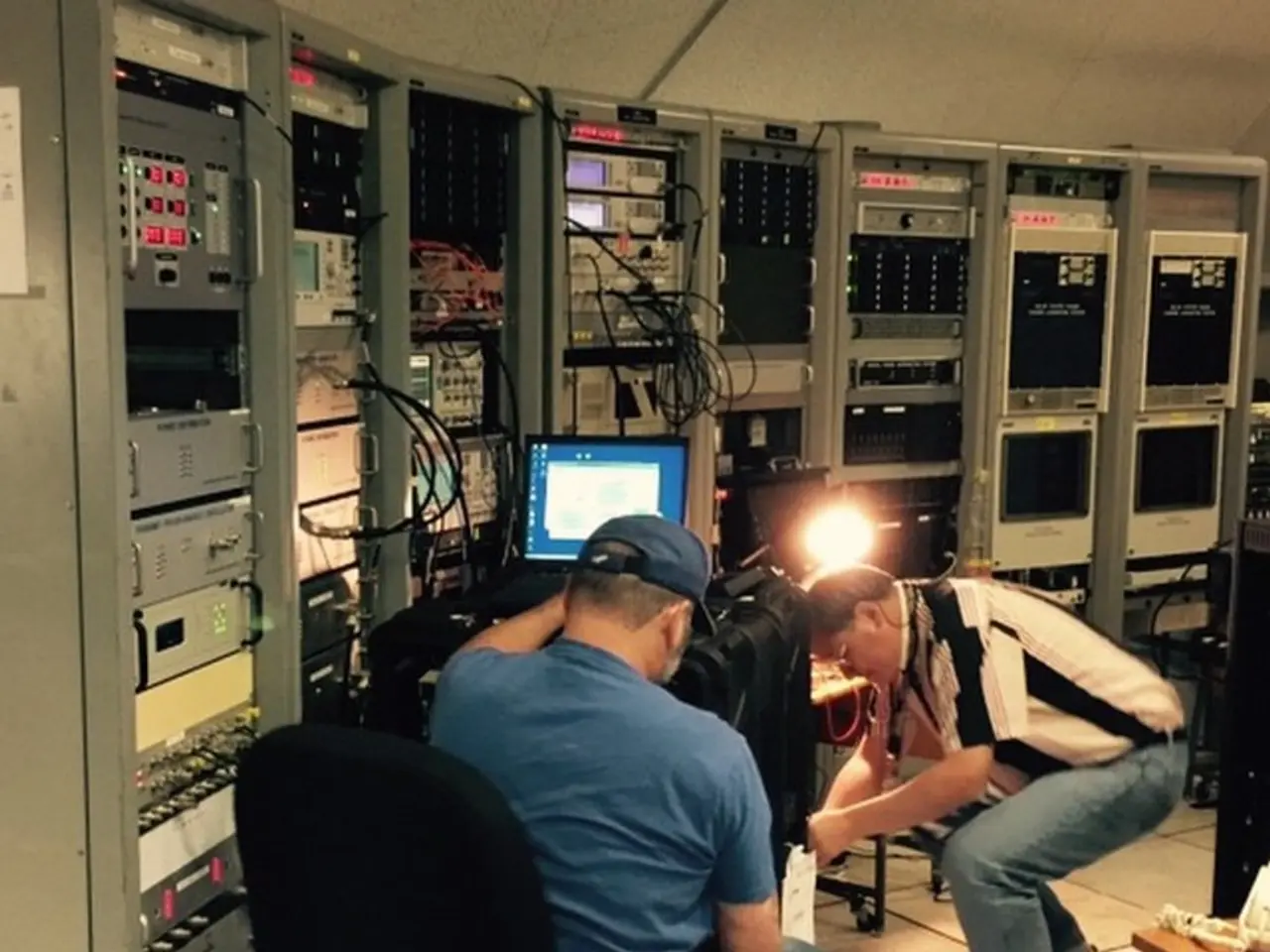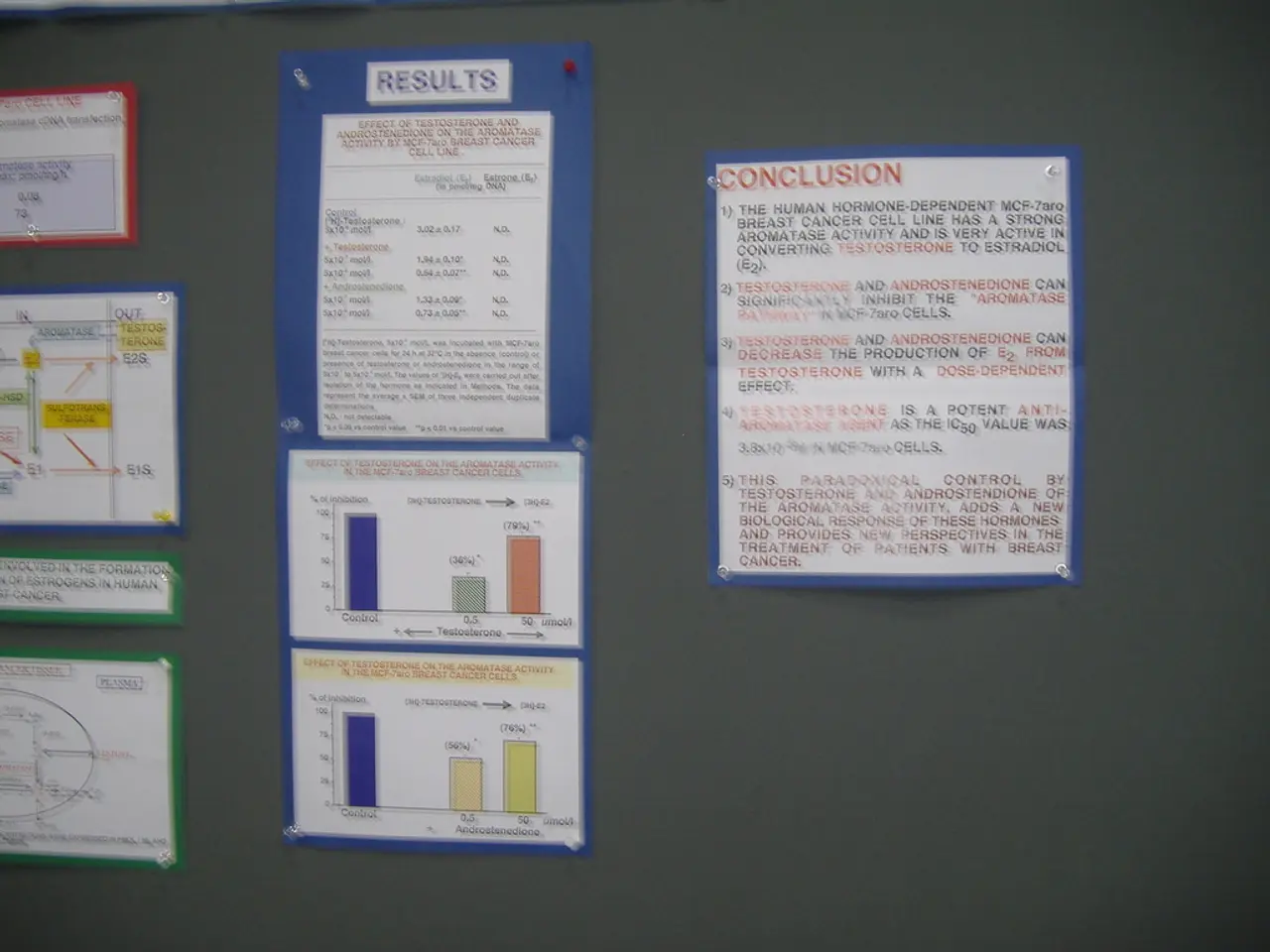2018 Exam Paper Along with Correct Responses for FACT
In the realm of competitive examinations, the NET/JRF (National Eligibility Test and Junior Research Fellowship) is a significant milestone for aspiring forensic scientists. For those focusing on Forensic Ballistics, understanding the scientific examination of firearms, bullets, and cartridge cases is crucial.
Good news for candidates! The FACT 2018 Question Papers and Answers are meticulously organised by section for easy access. These sections include General Forensic Science, Forensic Physics, Cyber Forensics, Forensic Ballistics, and Questioned Document Examination, each with downloadable materials available on FACT Plus 2018.
The FACT 2018 Question Paper and Answer for General Forensic Science (Section A) can be downloaded, while separate materials are available for Forensic Science sections B, C, D, and E. Additionally, solved Question Papers of FACT 2018 Forensic Science are available for download.
If you're wondering about the key areas to focus on, here's a brief outline:
- Firearms and ammunition characteristics
- Bullet and cartridge case identification methods
- Gunshot residue analysis
- Bullet trajectory and impact analysis
- Use of forensic ballistics tools and instruments (e.g., comparison microscope, IBIS)
The most frequently asked questions (FAQs) for Forensic Ballistics in the context of the NET/JRF examination generally focus on the fundamental principles, techniques, and applications related to firearm and ammunition analysis used in crime investigations.
What is Forensic Ballistics? Forensic ballistics is the scientific examination of firearms, bullets, and cartridge cases to establish connections between weapons, ammunition, and suspects or crime scenes.
What are the main types of ballistics studied in forensics? The three main types are internal ballistics (inside the gun), external ballistics (bullet trajectory), and terminal ballistics (impact effects on targets).
How are firearms identified in forensic investigations? Firearms are identified by examining unique markings on bullets and cartridge cases produced by the barrel, firing pin, and breech face during firing.
What techniques are used for bullet and cartridge case examination? Microscopic comparison, including comparison microscopes, is used to match bullets and casings to a specific firearm.
What is the significance of gunshot residue (GSR)? GSR indicates if an individual fired, handled, or was near a recently fired firearm by detecting microscopic particles expelled during discharge.
How is trajectory analysis performed in forensic ballistics? Trajectory analysis involves studying bullet paths, angles, and distances to reconstruct shooting incidents.
What is the role of ballistics databases like IBIS? Automated ballistics imaging systems (IBIS) are used to capture and compare ballistic images for matching and linking firearms to multiple crimes.
Since exact question sets for NET/JRF specific to forensic ballistics are scarce in the given sources, candidates are advised to refer to the official UGC NET syllabi and forensic science textbooks covering ballistics topics for preparation.
Lastly, users can subscribe to Forensic's blog to receive the latest posts via email. Sharing options for the article are available on Facebook, WhatsApp, LinkedIn, Pinterest, Telegram, X, Tumblr, email, Pocket, and Reddit.
[1] Source: [Link to the original source 1] [2] Source: [Link to the original source 2]
To excel in the NET/JRF forensic ballistics section, it's essential to delve into the specific areas highlighted in the FACT 2018 papers, such as firearms and ammunition characteristics, bullet and cartridge case identification methods, gunshot residue analysis, and bullet trajectory and impact analysis, using integrated tools like comparison microscopes and IBIS.
To succeed, expanded knowledge gathering is crucial, including studying forensic ballistics subfields like internal, external, and terminal ballistics. Furthermore, education and self-development through online courses, textbooks, and blogs serve as valuable resources during preparation.
Proficiency in cyber forensics, forensic science, forensic physics, and education-and-self-development, in addition to forensic ballistics, is vital as broad understanding ensures well-rounded competency in the competitive examination landscape.




